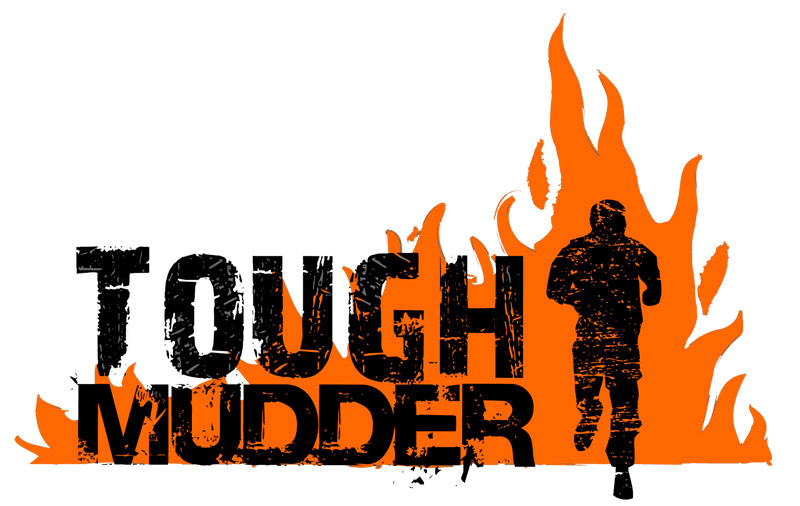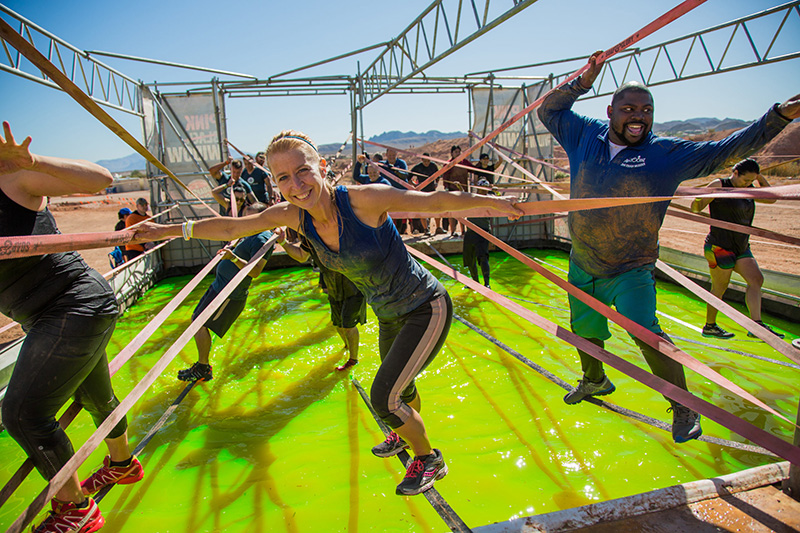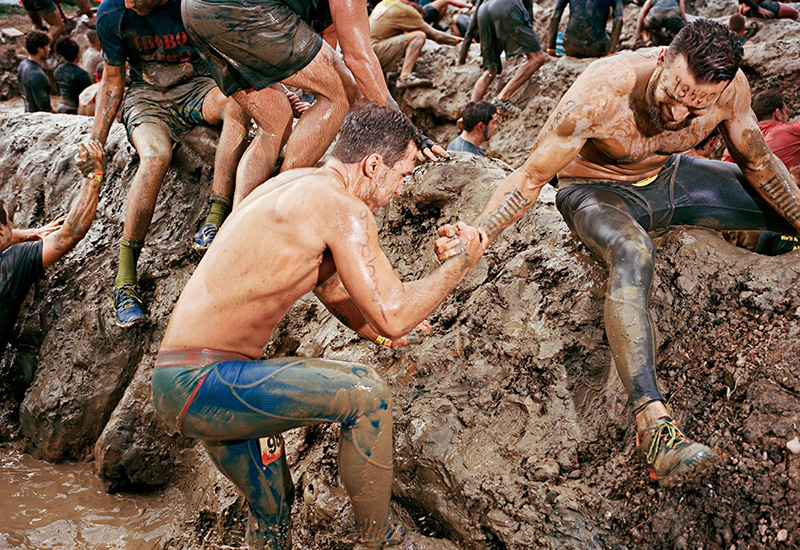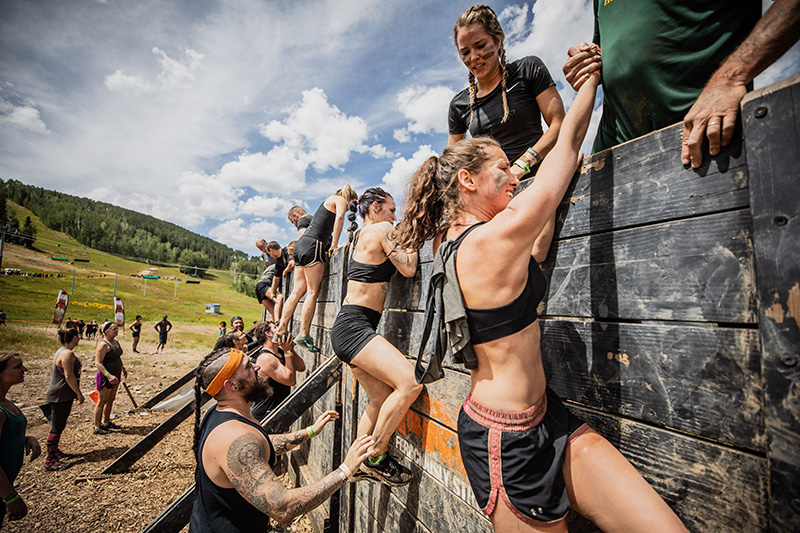Introduction
Tough Mudder is an obstacle course race that was first held in 2010 in Allentown, Pennsylvania. The race was created by Will Dean, a British entrepreneur who was studying at Harvard Business School at the time. The first Tough Mudder race had 500 participants, and it quickly gained popularity due to its challenging obstacles and team-oriented format.
Since then, Tough Mudder has grown into a global phenomenon, with races held in over 20 countries around the world. The race has also spawned several spin-off events, including Tough Mudder Half, Tough Mudder 5K, and Tougher Mudder, which is a more competitive version of the race.

The main Tough Mudder race is a 10-12 mile course that features over 20 obstacles designed to test participants’ physical and mental limits. Some of the most iconic obstacles include the Arctic Enema, which involves jumping into a dumpster filled with ice water, and the Electroshock Therapy, which requires participants to run through a field of live wires that deliver electric shocks.

One of the unique aspects of Tough Mudder is its emphasis on teamwork and companionship. Participants are encouraged to help each other complete the obstacles and work together to finish the race. This spirit of cooperation has helped to create a strong sense of community among Tough Mudder participants and has helped to make the race a popular event for corporate team building and group outings.
In recent years, Tough Mudder has also placed a greater emphasis on inclusivity and accessibility. The organization has introduced new race formats, such as the Tough Mudder 5K, which is a shorter and less intense version of the race that is designed to be more accessible to a wider range of participants.

Overall, Tough Mudder is a challenging and rewarding event that requires a specific type of training and preparation. By following a structured training program that includes cardiovascular endurance, strength training, and obstacle-specific training, participants can improve their chances of successfully completing the race and earning their Tough Mudder headband.
Here are 5 key points to help you train for a Tough Mudder or Spartan Race
Build your endurance and stamina: These races require a combination of cardiovascular and muscular endurance. You’ll need to be able to run or jog for several miles while also being able to complete a variety of strength-based obstacles. Incorporate high-intensity interval training (HIT) and long-distance running into your training program to build your endurance.(read more)
Strengthen your grip and upper body: Many obstacles in these races require a strong grip and upper body strength. Pull-ups, chin-ups, and rope climbs are excellent exercises to help you build upper body strength. Farmer’s walks and dead hangs are also great exercises to help you build grip strength.

Train for specific obstacles: Each race has its own unique set of obstacles. Research the specific obstacles you’ll face in your race and train for them specifically. For example, if your race includes a rope climb, practice rope climbs until you can do them easily. If your race has a lot of crawling obstacles, practice bear crawls and crab walks.
Incorporate plyometric exercises: Plyometric exercises involve explosive movements that can help you build power and speed. Box jumps, burpees, and jumping lunges are all great plyometric exercises that can help you prepare for the explosive movements required in these races.
Don’t neglect flexibility and mobility: These races require a wide range of movements, including crawling, jumping, and climbing. Make sure you incorporate flexibility and mobility exercises into your training program to prevent injury and improve your overall performance. Yoga, stretching, and foam rolling are all great ways to improve your flexibility and mobility.(read more)
Recover Properly: Training for an obstacle course race can be taxing on your body, and proper recovery is crucial. Make sure to incorporate rest days into your training schedule to allow your body to recover and repair. It’s also important to stretch before and after workouts to reduce the risk of injury. Finally, pay attention to your nutrition and hydration, as proper fueling can help you recover more quickly and perform better during workouts.
The Bottom Line
In conclusion, training for a Tough Mudder or Spartan Race requires a combination of cardiovascular endurance, muscular endurance, strength, power, and flexibility. By incorporating these 5 key points into your training program, you’ll be well on your way to conquering the obstacles and finishing the race. Remember to start your training early and progress gradually to avoid injury and burnout. Good luck!






